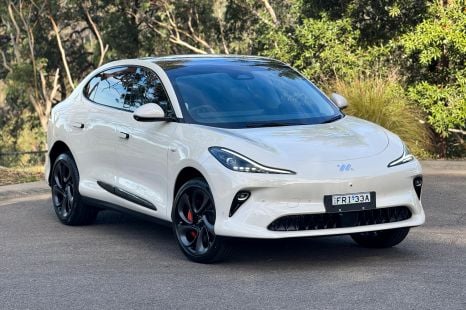

Matt Campbell
2 Days Ago

News Editor
General Motors’ design boss says electric vehicles (EVs) don’t need to sacrifice style and presence on the altar of efficiency, subtly throwing shade at other brands he thinks have done just that.
“Aerodynamics is a very understood black science,” GM design boss Michael Simcoe told Australian media.
“We know what we have to do to make a vehicle perform.
“You don’t have to have the most aero-efficient vehicle in the market if you can balance against other factors – more efficient battery, lower mass, but aero is a fairly big factor. [Petrol] vehicles you can power through it but any drag is pushing back on range and efficiency.
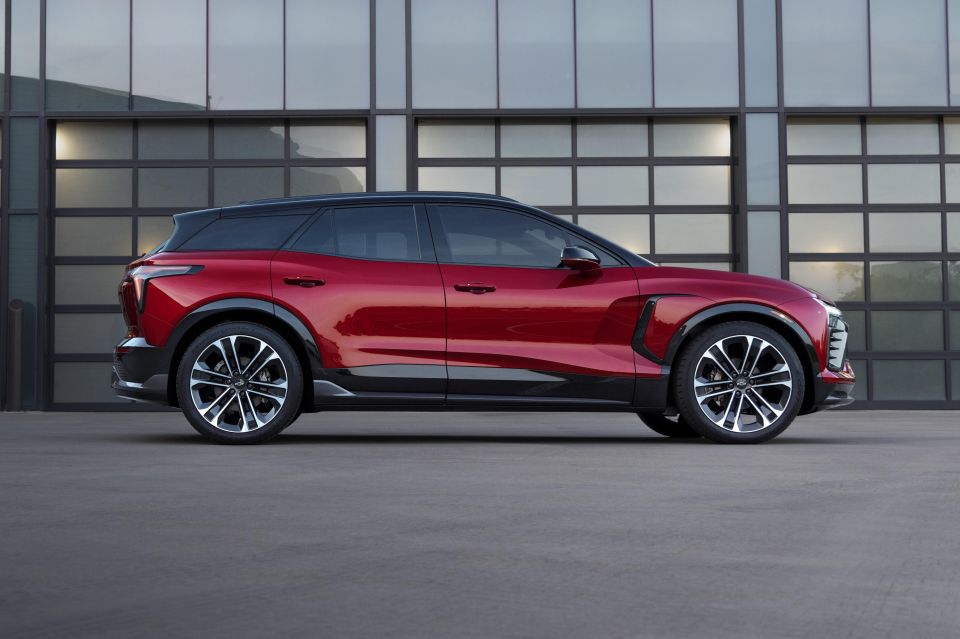
“Anyone who tells you that to do an efficient vehicle you have to do a… lozenge with wheels, it’s not the case.
“You can make very efficient vehicles that have style as well.”
Mr Simcoe also said there was a “commoditisation of design” with “vehicles from the north”, suggesting some companies – without naming any in particular – may be following design trends of others.
“If you’ve got the speed to react quickly to a trend and you’re seeing something on the other side of town that’s working and people are buying, and you’ve got the speed to get there before the market dries up.
“When you’re dealing with commodities rather than a real focus on your brand and the value you have in the brand and the design itself, then you just go there because that’s where the market is,” he said.
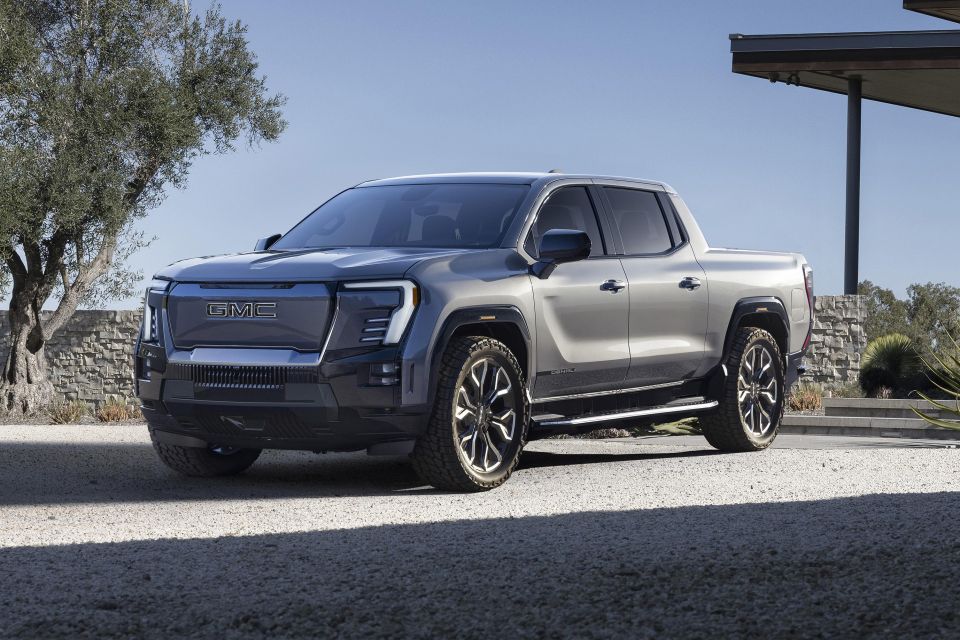
“If we all did that… everybody would be buying the same interior and the same exterior, and there is a bit of that in the market right now globally.”
GM is rolling out a wide variety of new-generation EVs across its Buick, Cadillac, Chevrolet and GMC brands.
These include full-sized pickup trucks and SUVs like the Chevrolet Silverado EV and GMC Sierra EV and Hummer EV, rakish crossovers like the Chevrolet Blazer EV and Buick Electra E4, and various luxury Cadillacs.
“EV architectures allow you to basically place people where you want to on top of the skateboard, you can do a long dash-to-axle and a premium proportion which is appropriate to Cadillac,” said Mr Simcoe.
“Do you need it? No, but does it help people understand what the car is all about. Yes, it does.”
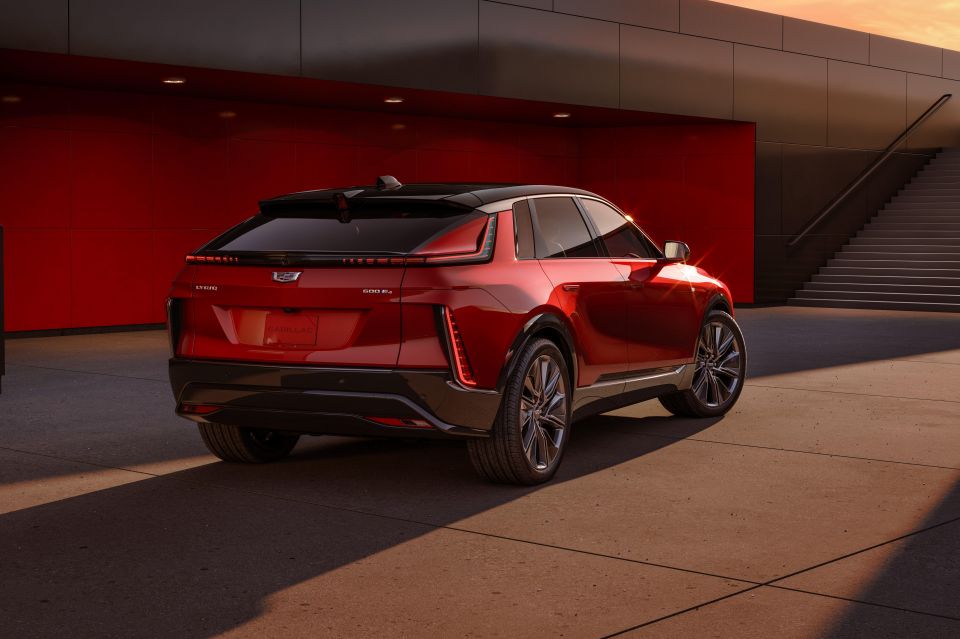
With the Lyriq in particular, Cadillac aimed for a less traditional SUV silhouette and a long wheelbase and dash-to-axle ratio with a wide track.
GM says it has smoothed Cadillac models’ lines since debuting the brand’s angular Art & Science design language in the early 2000s. You could hardly accuse the brand’s latest cars, however, of being lozenges.
“You get up close to the car you’ll see it, it’s a much softer, more fluid execution. It still has the crease in the pants in a few places but it no longer has the really aggressive corners on the car,” said Mr Simcoe.
Cadillac says it has used the Celestiq as the “visual blueprint” for its electric vehicle (EV) lineup, with various design elements of the handbuilt flagship filtering down to more affordable models.
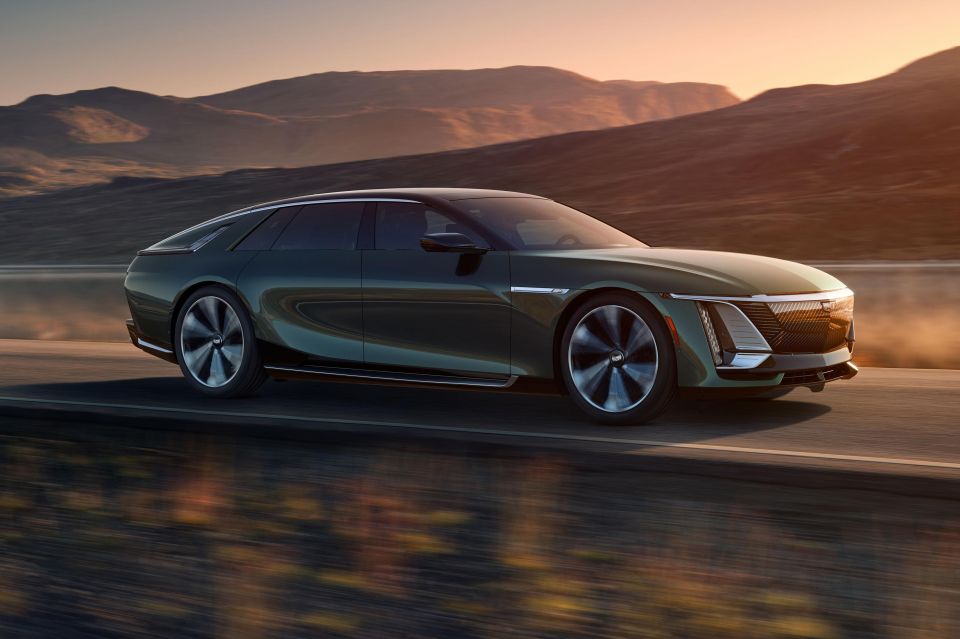
That includes its long bonnet and a dash-to-axle ratio that’s more old-school luxury car than new-age EV.
“One of the things I love from an aesthetic standpoint is those great Cadillacs of the past, there’s an opulence to them that is distinctly original and American. Something that you look back and think wow, what was happening in the period and the time in the era and the optimism of the culture, and that manifested into the products,” said Cadillac’s global design boss, Bryan Nesbitt.
“And I think that’s what’s exciting about what’s manifesting in the showroom today… the design teams captured that great emotional value that those cars delivered but in a completely new and unexpected way.
“Those same reactions, but not having to lean on nostalgia or retro to do it.”
MORE: Why Cadillac says its latest resurrection will work MORE: SUVs ‘a necessary evil’, but sedans not dead – GM design boss
CarExpert does the hard work to get you the best price. No negotiating, no hidden costs, just expert help and real savings on your next new car.
William Stopford is an automotive journalist based in Brisbane, Australia. William is a Business/Journalism graduate from the Queensland University of Technology who loves to travel, briefly lived in the US, and has a particular interest in the American car industry.


Matt Campbell
2 Days Ago


Josh Nevett
2 Days Ago


Max Davies
2 Days Ago
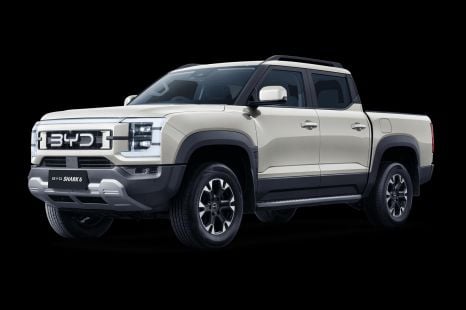

William Stopford
2 Days Ago
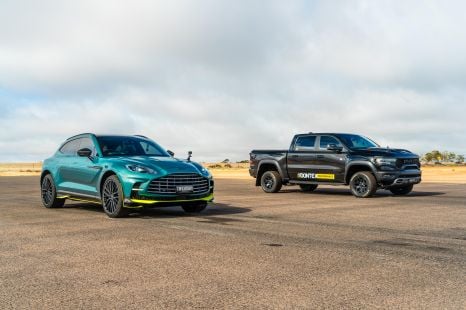

Paul Maric
2 Days Ago
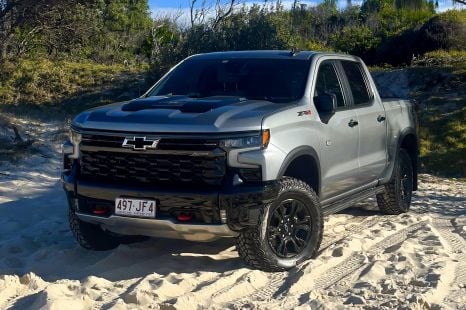

William Stopford
1 Day Ago